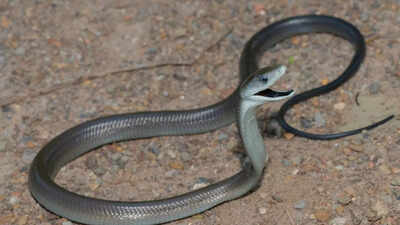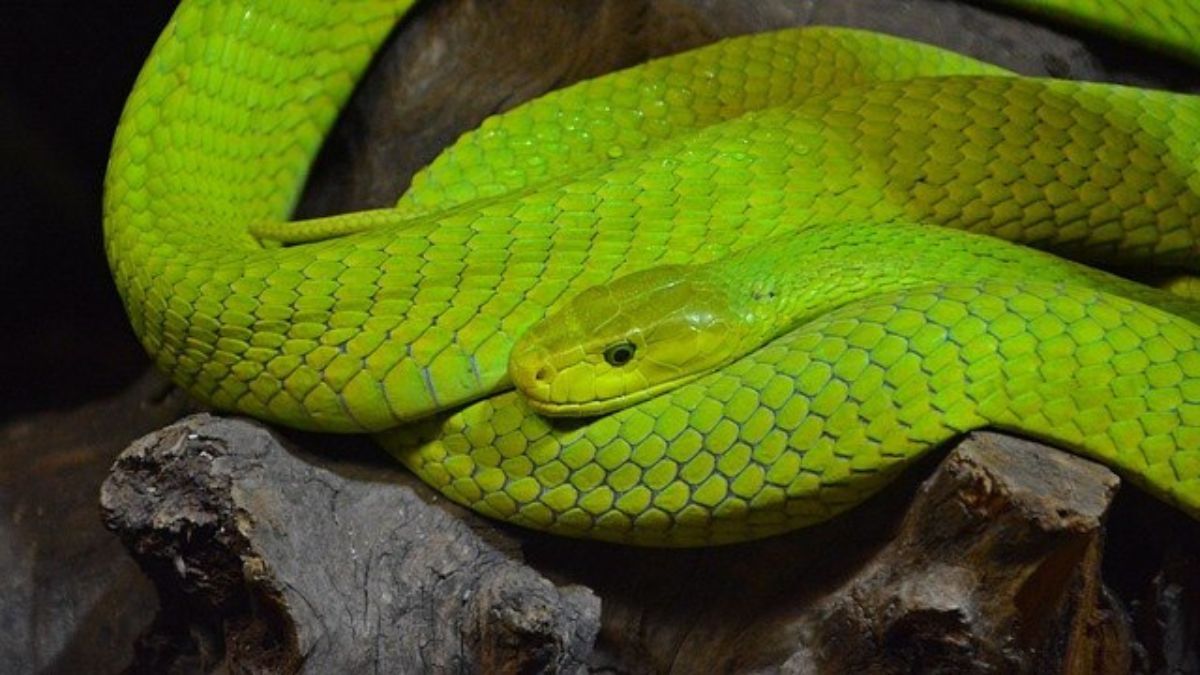A groundbreaking study from the University of Queensland has shed new light on the deadly effects of black mamba venom and why existing snakebite antivenoms are often unable to save lives. By studying the venoms of three mamba species, researchers uncovered a coordinated neurological attack that initially responds to treatment but later overwhelms the body, leaving victims with severe, uncontrolled muscle spasms.This discovery not only explains a long-standing clinical mystery but also exposes the urgent gaps in medical care for snakebite victims in sub-Saharan Africa, where mamba bites are responsible for tens of thousands of deaths each year.The groundbreaking study from the University of Queensland (UQ) that uncovered the complex venom mechanisms of three mamba species—Black Mamba, Western Green Mamba, and Jameson’s Mamba—was published in the journal Toxins. This research explains why victims of mamba bites often experience delayed complications, such as spastic paralysis, even after initial recovery following antivenom treatment.
Understanding the complex venom mechanism of mambas
Black mambas, along with the Western Green Mamba and Jameson’s Mamba, deploy venom with extraordinary complexity. Unlike most snakes, these species don’t rely on a single toxin. Instead, they launch a dual neurological assault at two separate points in the nervous system.Professor Bryan Fry of UQ’s School of the Environment explains:“The Black Mamba, Western Green Mamba and Jameson’s Mamba snakes aren’t just using one form of chemical weapon—they’re attacking two different points in the nervous system.”This dual-action venom mechanism makes treatment much more complicated and challenges the effectiveness of the current generation of antivenoms.
How black mamba venom causes sequential paralysis and spasms
The study, published in the journal Toxins, explains a troubling pattern that has puzzled doctors for decades. Victims of black mamba bites often show early signs of recovery after receiving antivenom. They may regain muscle tone and appear stable, but soon after, they begin suffering from painful, uncontrolled spasms.This phenomenon results from how the venom interacts with the nervous system:
- Stage 1: Flaccid Paralysis – Three out of four mamba species induce limp paralysis caused by postsynaptic neurotoxicity. Current antivenoms are able to counteract this effect.
- Stage 2: Spastic Paralysis – Once antivenom is administered, the venom’s second action begins. It attacks another part of the nervous system, creating spastic paralysis through presynaptic toxicity.
The outcome is a sequential onset of symptoms—first paralysis, then spasms—which explains why many patients worsen after an initial improvement.
How black mamba venom blocks and overstimulates muscles
The black mamba’s venom works by blocking nerve signals from reaching the muscles, causing paralysis. However, when antivenom clears this blockage, another mechanism is revealed: the venom overstimulates muscles, resulting in violent spasms.Professor Fry summed it up:“It’s like treating one disease and suddenly revealing another.”This complexity highlights why treating mamba bites is uniquely challenging compared to bites from other venomous snakes.
New research reveals spastic paralysis in multiple mamba species
For years, it was believed that only the Eastern Green Mamba could cause spastic paralysis. However, this research demonstrates that three major mamba species share this capability. This finding resolves the confusion surrounding recurring complications in patients who initially responded to antivenom but later deteriorated.By showing that spastic paralysis is not unique but widespread among mambas, the study fills a critical gap in our understanding of snakebite treatment.The study’s findings have serious implications for public health in Africa, where mamba bites remain a deadly threat. Current antivenoms, though partially effective, are not designed to neutralize the dual-action venom mechanism.To improve survival rates, future antivenoms will need to:
- Address both postsynaptic and presynaptic toxicity.
- Be tested for effectiveness across multiple mamba species.
Be made more widely available in rural African communities where snakebite deaths are most common.Also Read | “SQUIRREL BEWARE!”: San Francisco Bay Area residents attacked by aggressive squirrel leaving people in blood and chaos; tips to stay safe



